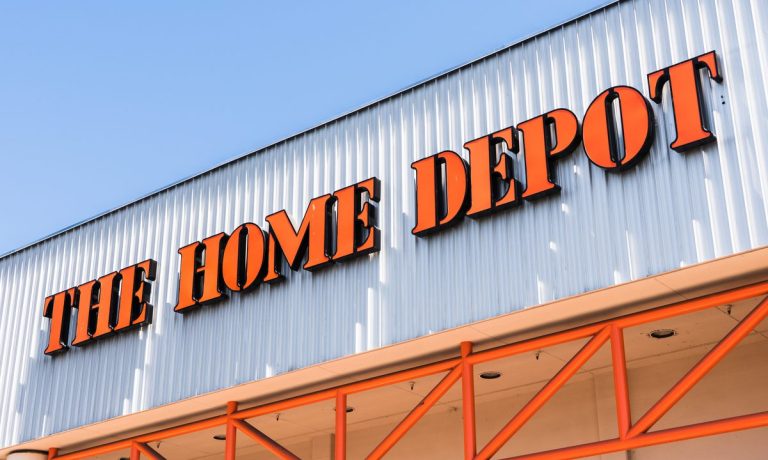
Is your refrigerator running?
Rather than going to catch it, as the old prank phone call goes, Home Depot told investors during its first-quarter 2024 earnings call Tuesday (May 14) that many of today’s consumers are sitting out on major home projects as a result of high interest rates and macro pressures.
“Goods are underperforming services,” Home Depot Chair, President and CEO Ted Decker told investors.
That’s why the world’s largest home improvement retailer is determined to focus more on building its business with professionals — what it refers to as the “Pro” and contractor segment.
“Within pro, the larger pro continues to outperform — particularly those that engage within the ecosystem,” said Chip Devine, SVP for Outside Sales at Home Depot.
As part of that strategy, in March, Home Depot entered into a definitive agreement to acquire SRS Distribution Inc. (SRS), a fast-growing residential specialty trade distribution company servicing several verticals such as professional roofer, landscaper and pool contractors.
For the first quarter, Home Depot beat Wall Street expectations with net earnings of $3.6 billion, or $3.63 per diluted share, while its quarterly revenue came in a touch below analyst projections.
“The team executed at a high level in the quarter, and we continued to grow market share,” Decker said. “And while the quarter was impacted by a delayed start to spring and continued softness in certain larger discretionary projects, we feel great about our store readiness, our product assortment in stores and online, and our associate engagement. Our associates are energized and ready to serve our customers as spring breaks across the country.”
Read more: Digital Experience, Trade Credit Mark Home Depot’s B2B Strategy
During Tuesday’s call with investors, Decker highlighted the company’s strategic focus on enhancing customer experience and investing in its supply chain as key factors in navigating the current market dynamics.
Despite the slight downturn in consumer spending, Decker remains optimistic about the company’s ability to adapt and continue serving its customers effectively — particularly the professional segment.
“What we are doing to capture Pro sale of wallet with wholesale distribution capabilities is challenging, which is why no one has done it before — but we are doing it and succeeding in it, and we like what we see. That’s why we are rolling out to new markets,” said Decker.
“As we introduce customers to Home Depot’s capabilities, it is a linear relationship between increased engagement with those capabilities,” he added.
About half of Home Depot’s sales come from professionals like landscapers, roofers and other contractors and subcontractors, while the other half comes from do-it-yourself (DIY) consumers.
The construction industry itself relies heavily on commercial distribution, with about 85% of construction products being sold through this channel and the remaining 15% coming from retail sales, like Home Depot. That’s why the company is trying to penetrate further into the Pro space and win a greater slice of the remaining 85% pie.
See also: Late Payments Inflate Construction Bids by $273 Billion
Looking ahead, Home Depot remains committed to its long-term growth strategy, focusing on enhancing its digital platforms and expanding its professional customer base.
“We serve a highly fragmented addressable market TAM, the greatest opportunity is with the residential pro contractor who shops across many categories of home improvement products, while working on complex projects,” executives told investors on Tuesday’s call. “And while the store remains the center of that ecosystem, we are developing more fulfillment options, a dedicated sales force, specific digital assets, trade credit and order management capabilities geared at the residential pro to shops across categories.”
In March, PYMNTS spoke with Forest Flager, CEO and co-founder at Parspec, about the intricacies of the construction and home improvement supply chain.
“The way contractors typically interact with the supply chain is they basically send drawings and specifications to a distributor, who is essentially the middleman in that supply chain. And the distributor has the responsibility to match suitable products available to design requirements,” Flager said, noting that contractors will typically entertain bids from a handful of distributors for every project.